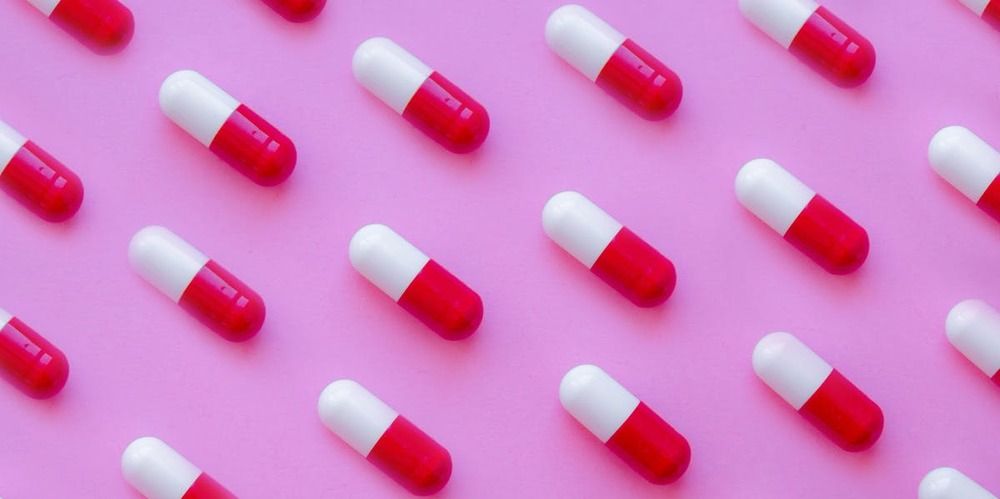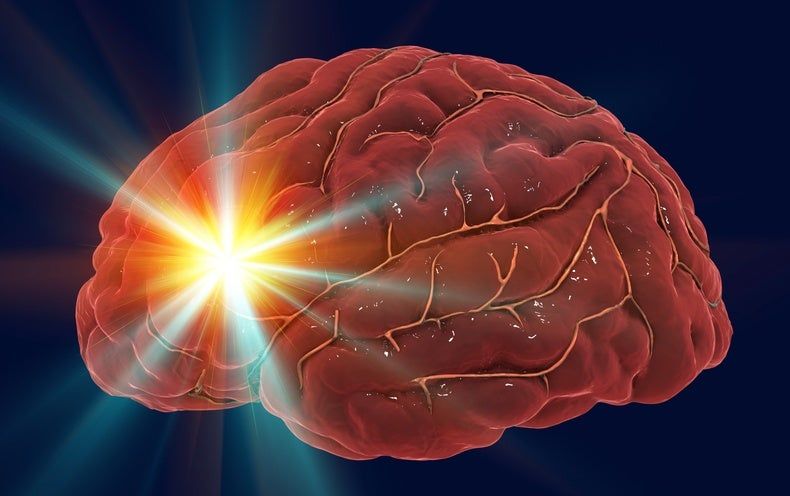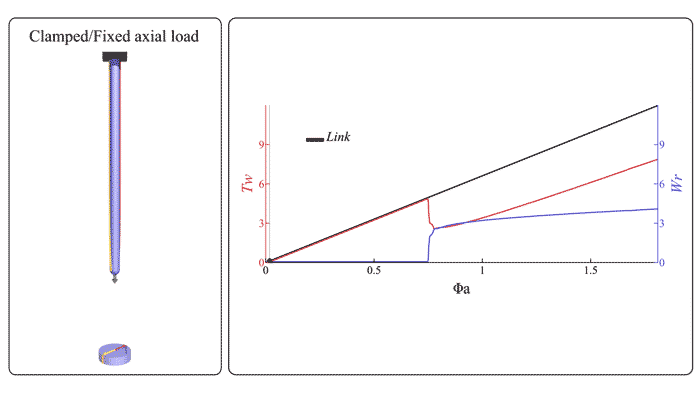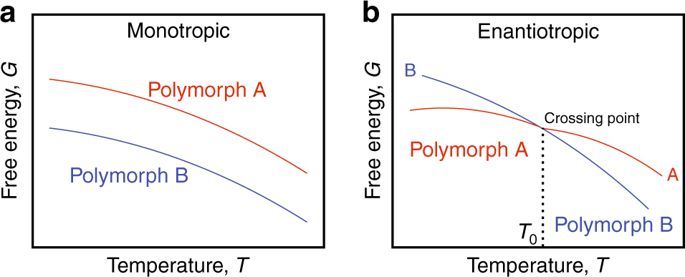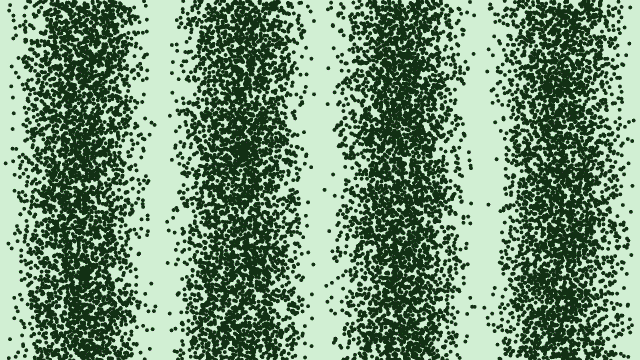Nov 25, 2019
Experts unlock key to photosynthesis, a find that could help us meet food security demands
Posted by Quinn Sena in categories: biological, food
Scientists have solved the structure of one of the key components of photosynthesis, a discovery that could lead to photosynthesis being ‘redesigned’ to achieve higher yields and meet urgent food security needs.
The study, led by the University of Sheffield and published today in the journal Nature, reveals the structure of cytochrome b6f — the protein complex that significantly influences plant growth via photosynthesis.
Photosynthesis is the foundation of life on Earth providing the food, oxygen and energy that sustains the biosphere and human civilisation.

